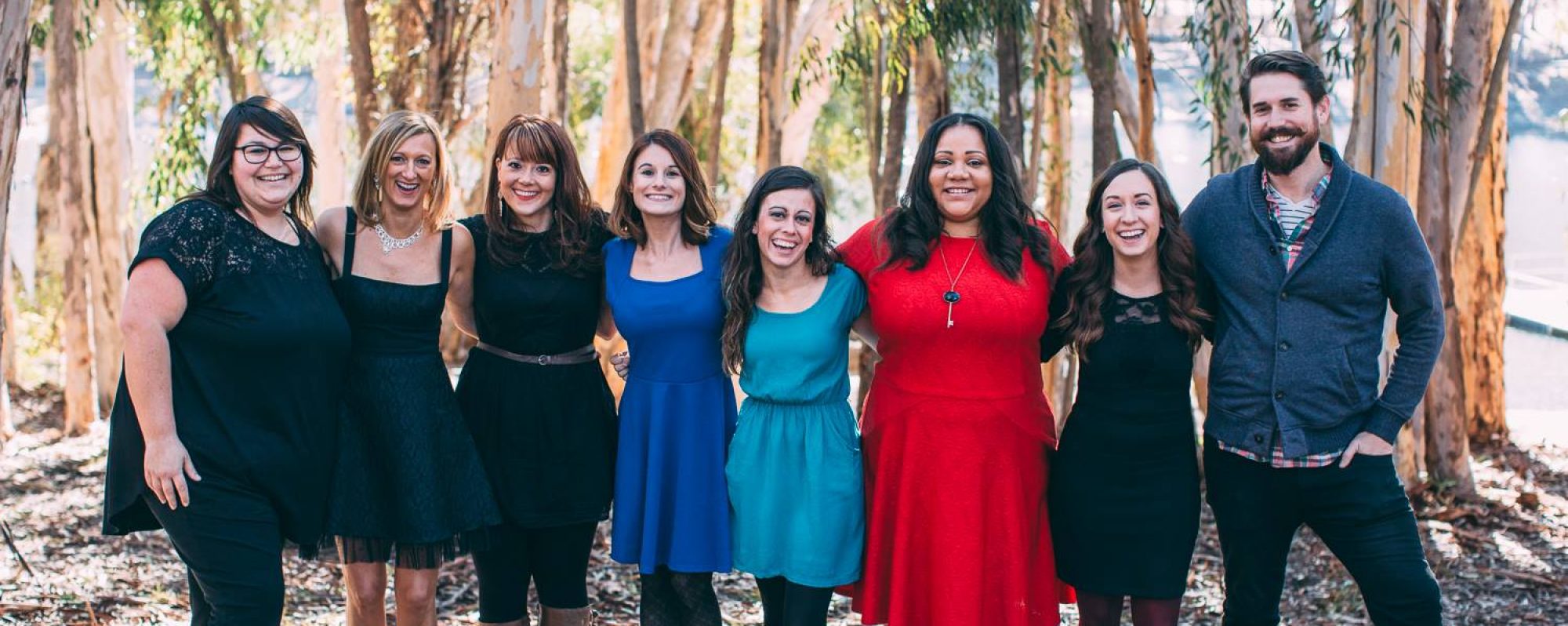What do you do when a client throws something or takes a swing at you? How long does it take you, the therapist, to figure out what to do? The amount of time depends on the therapist’s processing speed. Processing speed is the amount of time between stimulation (seeing the wind up for a throw or punch) and beginning your response. When clients presented challenging behaviors, I often felt that I took way too long to decide what to do. I wondered, Can I improve my processing speed, or is it a fixed trait?
Contrary to my initial belief, processing speed is something that can be improved with practice, and it is not correlated with intelligence. What we mean by processing speed is how long it takes neurons to pass along information (Stevens, 2014). Strengthening connections between neurons allows neural impulses to travel faster (Stevens, 2014). The brain makes connections while we sleep, which is one of the reasons why getting 7-8 hours of sleep per night is so important (National Institute of Neurological Disorders and Stroke, 2019). Sleep helps with learning, problem solving, and memory, all of which play into the amount of time it takes to interpret the situation and develop a response (NIH, 2019). Long-term sleep deficiency can also increase the risk of vascular problems such as heart disease and high blood pressure, which can deprive neurons of oxygen and glucose, causing them to deteriorate (Walker, 2014).
Another reason adequate sleep is vital for increases in processing speed is that brain cells called glial cells grow and change the most during sleep. Some glial cells wrap around axons to create myelin sheaths from proteins and fatty substances. Myelin sheaths insulate axons to keep electrical activity from inappropriately discharging, but more importantly, they substantially expedite the flow of electricity to the next glial cell. Stevens (2014) writes that myelin sheaths are like flying to a destination instead of driving there. (Stevens, 2014)

Image: Stevens (2014)
While learning a new task (such as how to respond to challenging behaviors), glial cells increase in number and size. Scientists do not yet know what causes glial cells to grow, but it is clear that they decrease the amount of time it takes for an electrical signal to pass to the next neuron in the network. As the number of axons increases and the connections between cells grow stronger, the behavioral response becomes faster until it is automatic. This is why tasks such as driving take a lot of effortful processing at first, but over time become automatic. (Stevens, 2014).
The bottom line is, there’s hope for slow processors like me! As the connections in my brain grow stronger from repetition (aka clinical experience), it takes less time to interpret the situation and respond. I’ve found it helpful to write in my session plans redirection strategies and sensory regulation interventions that have worked for the client before. Sometimes I mentally rehearse short, efficient redirections ahead of time, especially for clients with limited receptive language. As I my processing speed increases, I can use more of each session to help the client work toward their goals.
-Molly, Music Therapy Intern
References
National Institute of Neurological Disorders and Stroke. (2019). Brain Basics: Understanding Sleep [Web page]. Retrieved from: https://www.ninds.nih.gov/Disorders/Patient-Caregiver-Education/Understanding-Sleep
Stevens, A. P. (2014). Learning Rewires the Brain [Web page]. Science News for Students. Retrieved from: https://www.sciencenewsforstudents.org/article/learning-rewires-brain
Walker, H. (2014). Slow Processing Speed, and How Can the Rate Be Improved? [Web page]. Scientific American. Retrieved from: https://www.scientificamerican.com/article/what-causes-the-brain-to-have-slow-processing-speed-and-how-can-the-rate-be-improved/







 attention, as well as making choices, learning colors, or an array of other skills could be to use the feathers to write a song with desk bells. The client or therapist would arrange the feathers (Velcro feathers on) to the turkey, and then the client would play through the song as the colors are arranged from left to right. The client could then rearrange the feathers to be any combination, making this a great intervention with endless possibilities!
attention, as well as making choices, learning colors, or an array of other skills could be to use the feathers to write a song with desk bells. The client or therapist would arrange the feathers (Velcro feathers on) to the turkey, and then the client would play through the song as the colors are arranged from left to right. The client could then rearrange the feathers to be any combination, making this a great intervention with endless possibilities! 





